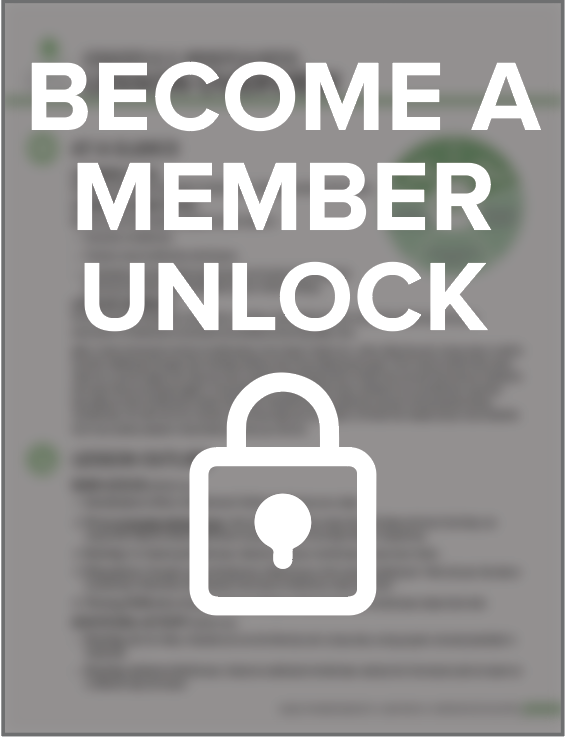Locked Content
Unlock this lesson plan by becoming a paid member. Existing members, please log in.
Students will learn the steps to make a responsible decision.
By the end of the lessons, students will be able to:
- Understand five steps of decision-making
- Practice making a decision in a group
In a given day, a person makes thousands of decisions—especially a teacher! Research that shows teachers make about 1,500 decisions during a six-hour school day. That’s more decisions per minute than a brain surgeon!
This lesson introduces students to five decisions-making steps. The lesson starts with a mindful moment: students learn a new breathing technique called a triangle breath. You then lead the students in a brief discussion on why making decisions can be challenging, especially when we feel strong emotions. You then discuss the steps of making a thoughtful decision. Students then break into small groups and practice
the steps using a scenario: they’re stranded on a deserted island and need to choose which supplies are most important. The class discusses what items they would bring and how they came about their decisions. Students end by reflecting in their journals.
For both live or record, start by teaching the steps in the lesson plan on decision making then differentiate the deserted island based on your delivery.
For the desert island activity, virtually make groups for students to do the activity in.
For the desert island activity, have students complete the task on their own and write up the decisions they would make with their own rationale. If possible, students can post what they chose for the desert island for the rest of the class to see. To extend this, once all students have posted what they chose, the class could graph how many students chose the different items.
CASEL Competencies


